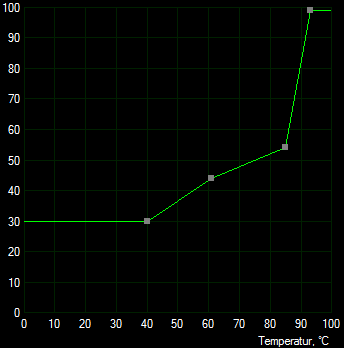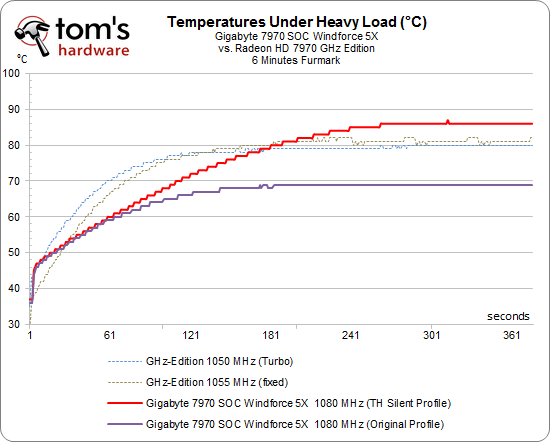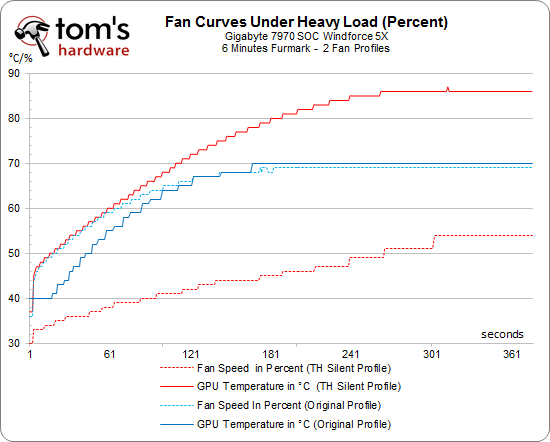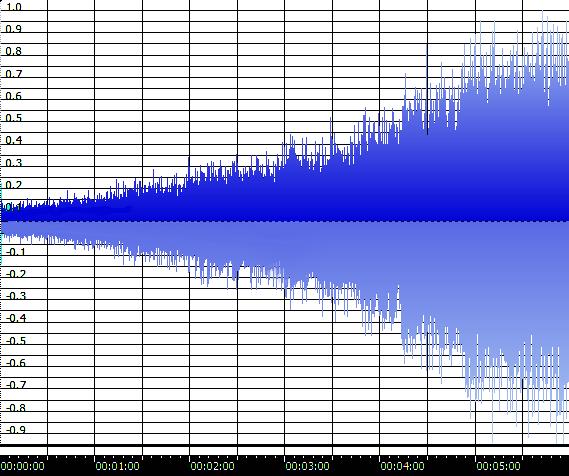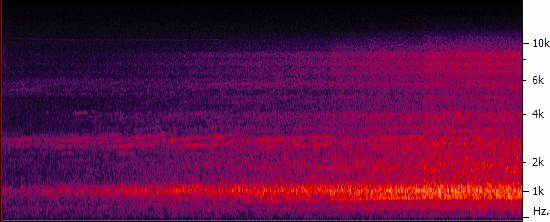Gigabyte Radeon HD 7970 Super Overclock: Now With Windforce 5X
Gigabyte’s Radeon HD 7970 Super Overclock is huge, heavy, overclocked, and very different-looking. Its Windforce 5X cooler employs five 40 mm fans. We benchmark the card, spend some time tweaking it, and measure the noise those blowers make.
In Video: Custom Fan Speed Profile And Stress Test
Custom Fan Speed Profile
We customized the Gigabyte Radeon HD 7970 Super Overclock's fan speed profile based on the previous page's noise benchmarks. We used a 30% duty cycle at idle, which should keep temperatures below 40 degrees Celsius in a 28 degree room. If you can cool your room to 22 degrees Celsius, it's possible to drop to 20% or 25% fan speed, resulting in 32 or 34 dB(A), respectively.
We pushed the fan speed from 55% to 100% once the GPU hits 85 to 92 degrees Celsius. Altogether, these settings are good enough to run below 50% in games and and the near-55% needed for full loads imposed by compute-oriented apps.
Our first benchmark shows that our custom fan speed profile manages to keep the card cool enough under heavy load.
The temperature goes all the way up to 86 degrees Celsius using our custom fan speed profile, but it only gets that high under heavy load. You won't see numbers that high while gaming, as we'll see later.
Six Minutes of Stress Testing
We used six minutes of stress testing to further illustrate the behavior of our custom fan speed profile. Six minutes are enough for Gigabyte's Radeon HD 7970 Super Overclock to its maximum temperatures and fan speed.
Get Tom's Hardware's best news and in-depth reviews, straight to your inbox.
Check out our graph, spectrograms, and video. You can compare specific parts of the graph and spectrograms to the video by jumping to the time you see on the graph in the video.
Bottom Line
Once our custom fan profile is applied to make the Radeon HD 7970 Super Overclock quieter, it becomes an aggressively tuned model that'd work well in a CrossFire configuration. Provided you have the space on your motherboard, two cards can operate side-by-side without them interfering with each other (or an overclocked CPU). Ideally, warm air is simply exhausted out the side of your case.
Current page: In Video: Custom Fan Speed Profile And Stress Test
Prev Page In Video: Noise And Fan Speed Results Next Page Power Consumption And Gaming Performance
Igor Wallossek wrote a wide variety of hardware articles for Tom's Hardware, with a strong focus on technical analysis and in-depth reviews. His contributions have spanned a broad spectrum of PC components, including GPUs, CPUs, workstations, and PC builds. His insightful articles provide readers with detailed knowledge to make informed decisions in the ever-evolving tech landscape
